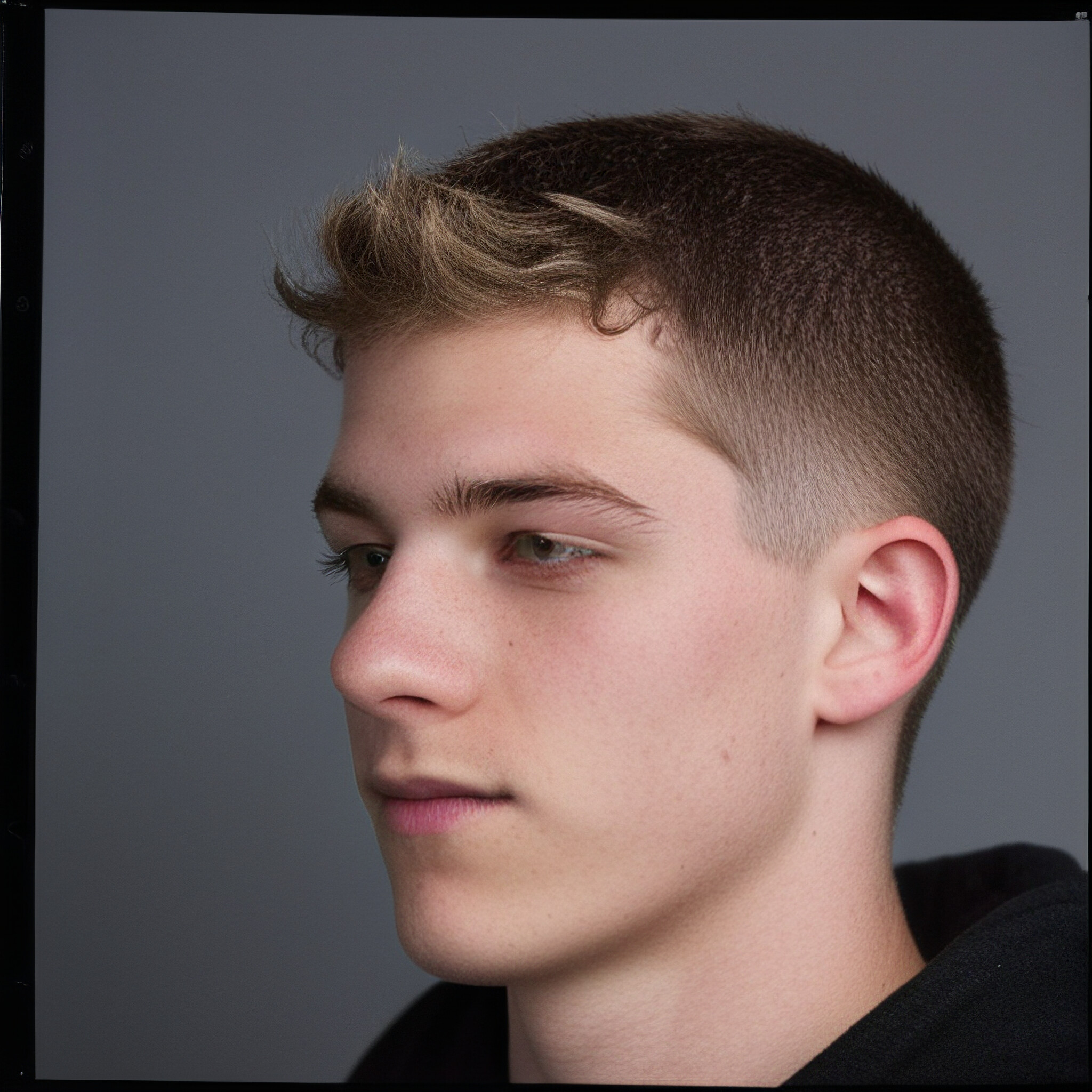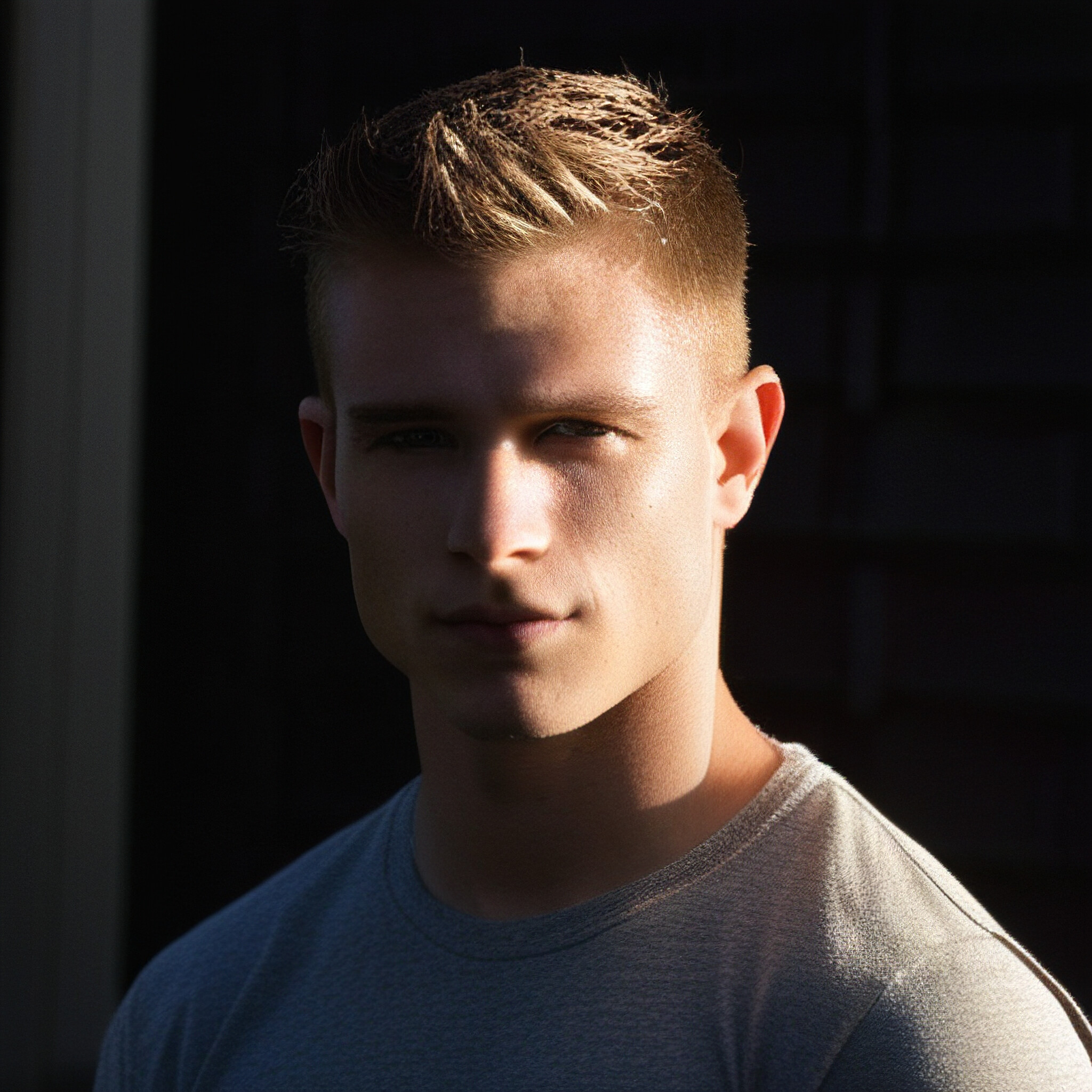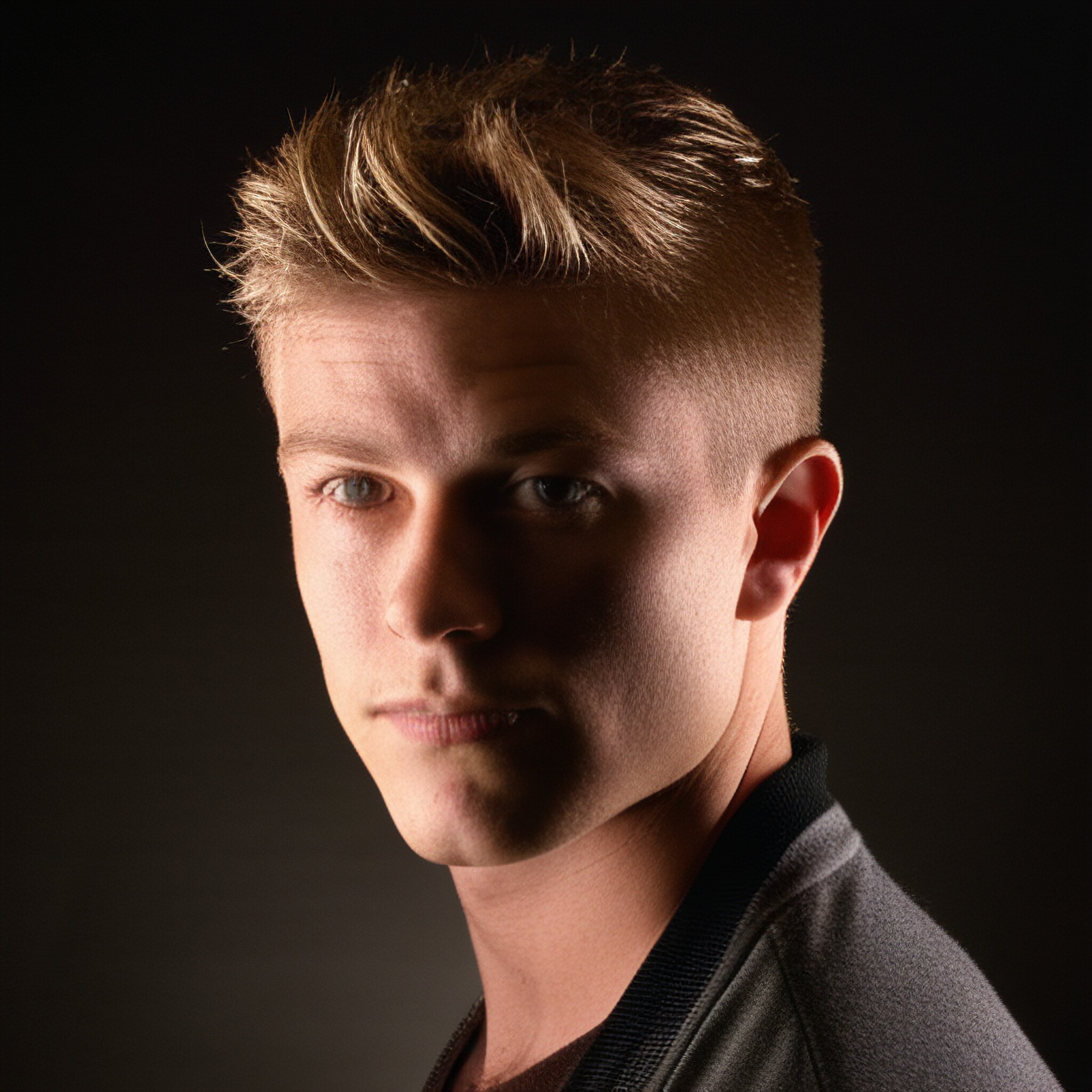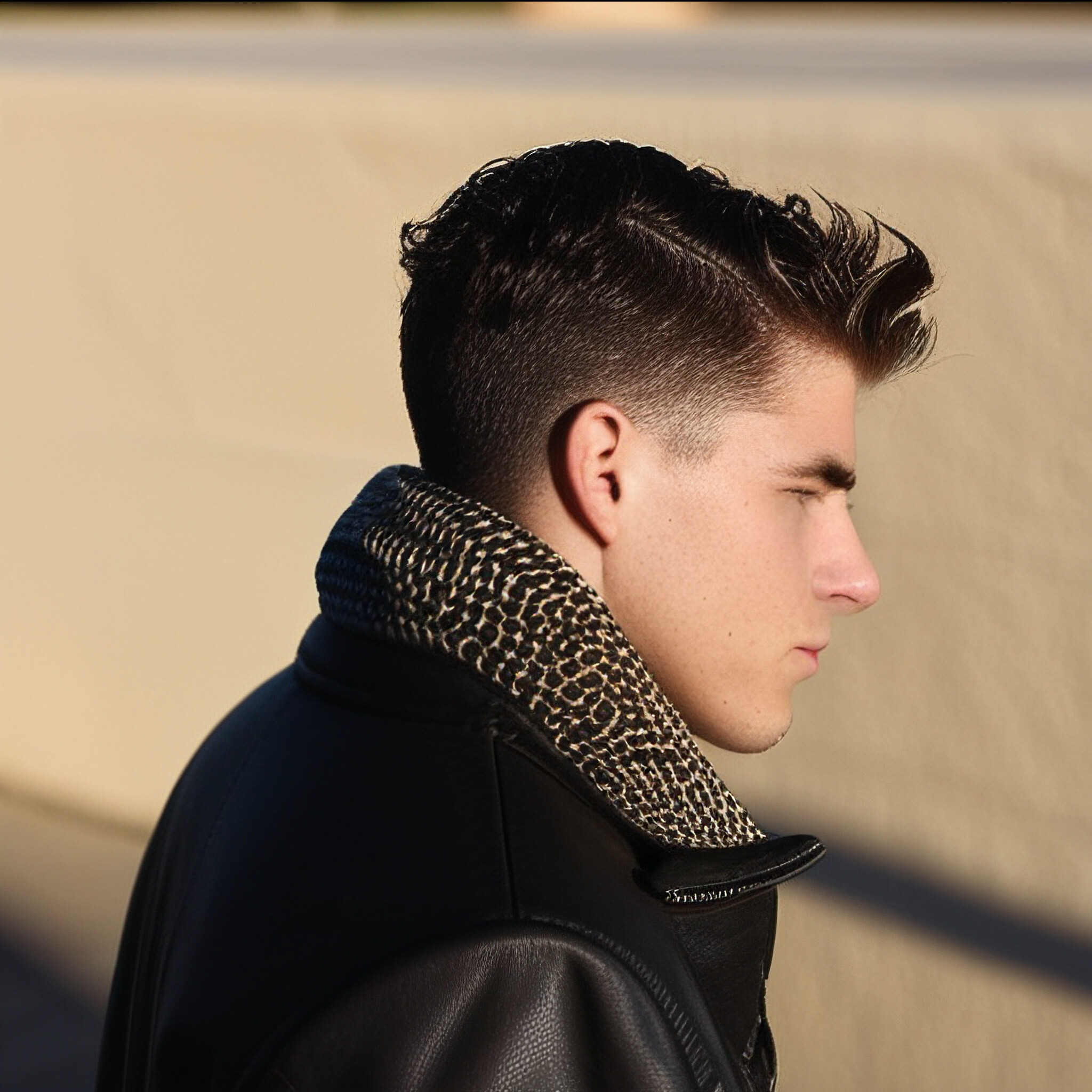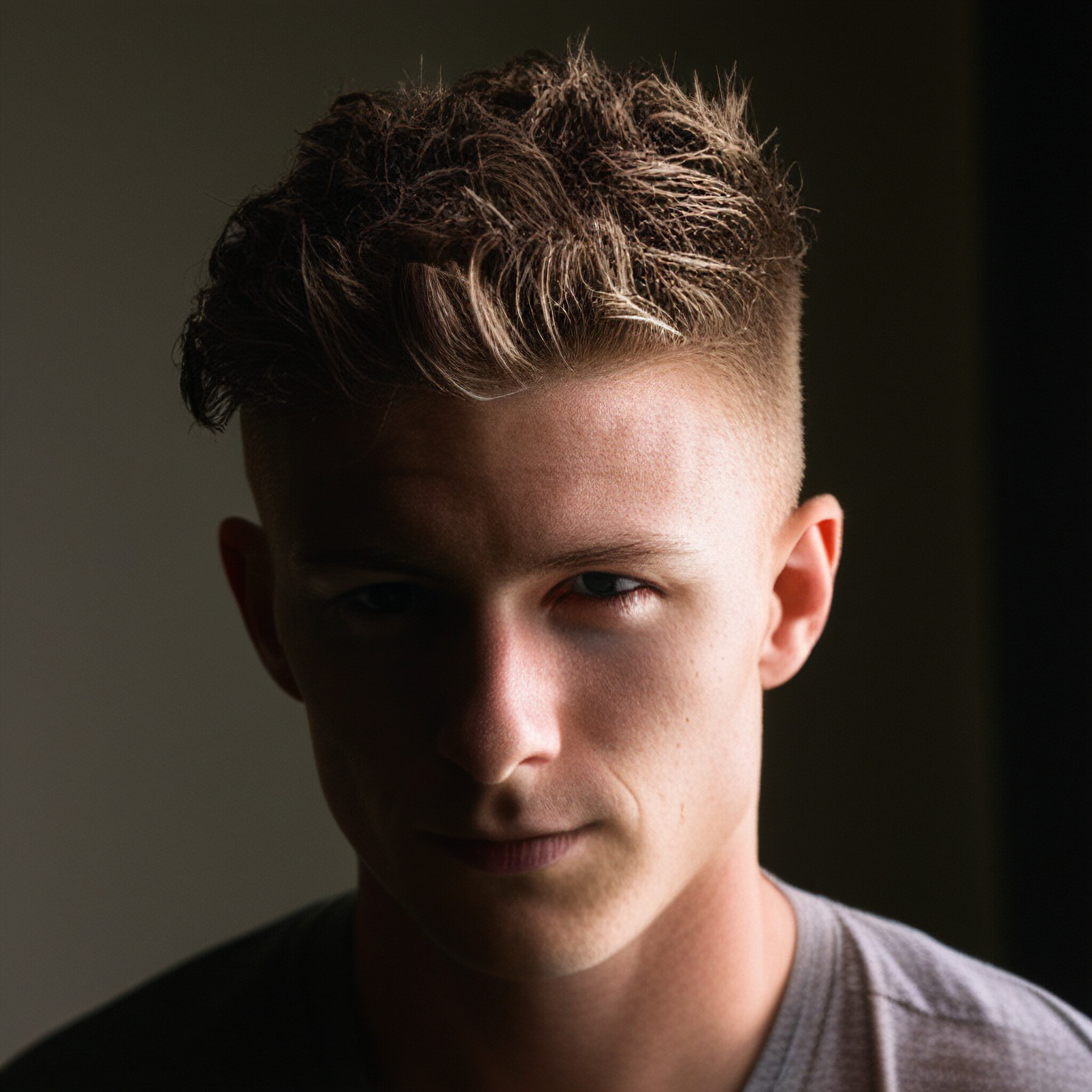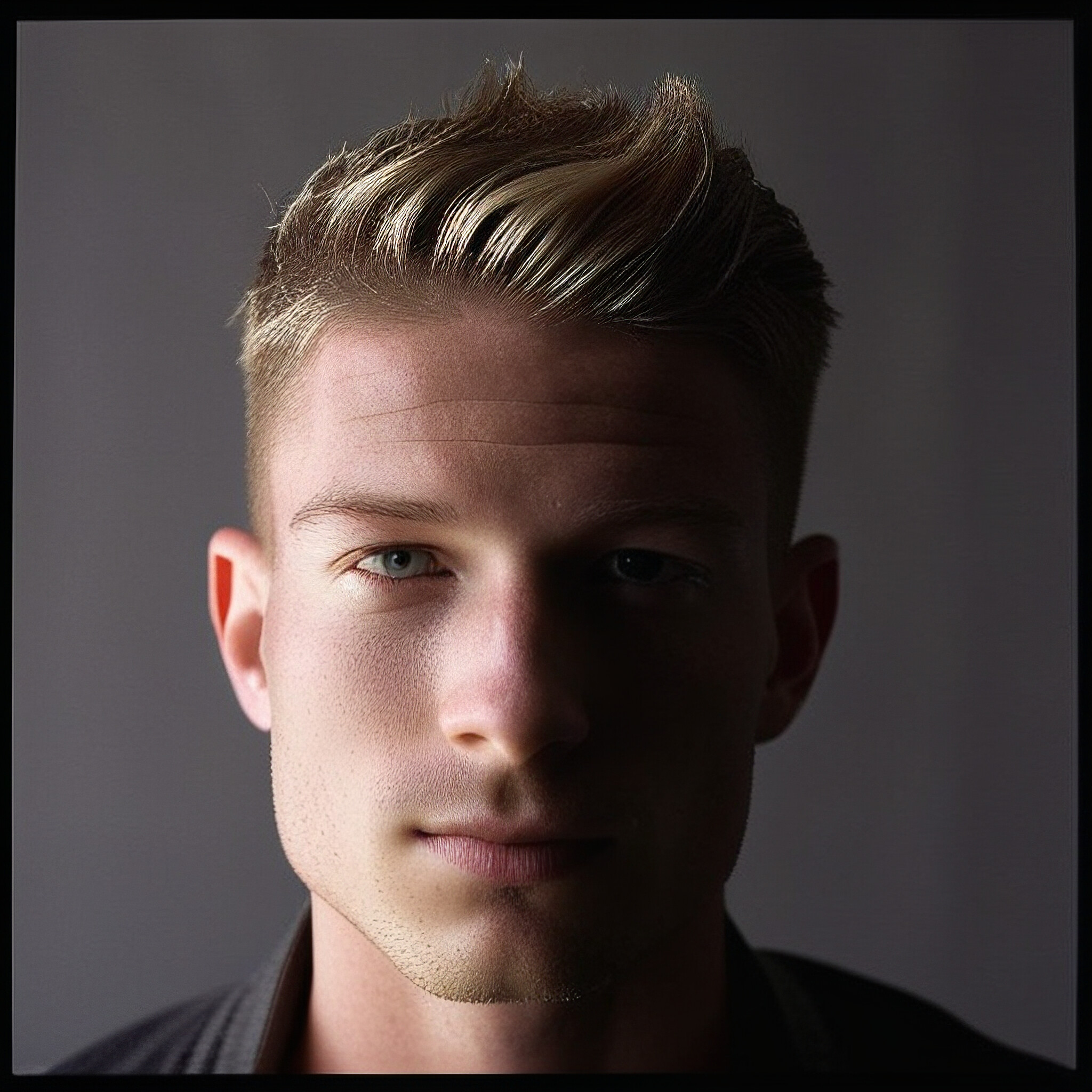The classic low fade has long been a staple in men's haircuts, admired for its clean, sleek, and versatile appearance. It's a cut that starts just above the ears, gradually tapering down to a shorter length while leaving the hair on top longer for various styling options. Whether you're into short crops or textured tops, the low fade provides a subtle yet sharp transition that suits various hair types and face shapes. But is the classic low fade the right style for you?
In this article, we’ll explore the pros and cons of the classic low fade, helping you decide whether this timeless haircut matches your personal style and grooming needs.
What Is a Classic Low Fade?
The classic low fade is a haircut where the fade starts just above the ears and gradually decreases in length as it moves down the sides and back of the head. It’s characterized by a smooth, subtle transition from longer hair on top to very short or skin-level hair around the sides and back.
Unlike the high fade, which starts higher up on the head and creates a more dramatic contrast, the low fade is more understated and creates a softer, natural blend. It’s this refined look that makes the classic low fade a favorite among men who want a stylish yet professional haircut.
Pros of the Classic Low Fade
1. Timeless and Versatile
One of the major benefits of the classic low fade is its timeless appeal. It’s a haircut that has been popular for years, transcending trends and fashion waves. Whether you want a look that’s casual, formal, or somewhere in between, the classic low fade can easily adapt to different settings.
Its versatility also extends to the hair on top—you can pair the low fade with almost any style, whether it's a short buzz cut, textured waves, or even a longer slicked-back look. This adaptability makes the low fade a great option if you enjoy switching up your hairstyle without changing the core structure of the cut.
2. Flattering for Most Face Shapes
The subtle taper of the low fade helps to create balance and symmetry, making it an excellent choice for nearly all face shapes. If you have a round, square, or oval face, the low fade can sharpen your jawline and highlight your natural features without elongating or exaggerating the shape of your face. It’s an ideal middle ground between the boldness of a high fade and the simplicity of a longer cut.
3. Professional and Clean Appearance
For men who want a clean, professional look that still carries an edge, the low fade is a perfect match. The gradual taper keeps the style looking neat and polished, which is great for formal work environments, interviews, or other professional settings. Unlike more dramatic fades, the classic low fade doesn’t distract from your overall appearance, but it still offers enough style to make an impact.
4. Works for Different Hair Types
The classic low fade isn’t limited to any particular hair type. Whether your hair is curly, wavy, straight, or coily, the low fade can work for you. Its smooth gradient complements natural textures, especially for curly or wavy hair, allowing you to keep volume on top while maintaining a polished look around the sides.
5. Easy to Grow Out
One of the understated benefits of the classic low fade is how it grows out. As the fade grows, the subtle transition ensures that the cut looks good even a few weeks after your barber visit. Unlike a high fade, which can become stark as it grows out, the low fade maintains a natural appearance during the growing process, allowing you to extend the time between trims.
Cons of the Classic Low Fade
1. Requires Regular Maintenance
While the classic low fade is relatively easy to grow out, maintaining the sharpness of the fade requires regular barber visits. If you want to keep the fade looking fresh and defined, you’ll likely need to visit the barber every 2–3 weeks. For men who don’t enjoy frequent haircuts or prefer low-maintenance styles, this could be a downside.
2. Subtlety May Not Be Bold Enough
If you’re someone who prefers bold, edgy haircuts, the subtlety of the classic low fade might not offer enough of a statement. The low fade is clean and sleek, but it doesn’t have the dramatic contrast or high-fashion edge that other fade styles, like the high fade or skin fade, provide. If you want a haircut that draws more attention, the classic low fade might feel too understated for your tastes.
3. Not Ideal for Thinning Hair
For men with thinning hair or a receding hairline, the low fade may not offer the best solution. While it can help create the illusion of fullness on the top, the low fade doesn’t minimize scalp exposure as effectively as a higher fade or a style with more volume on the sides. If you're concerned about thinning hair, a mid fade or textured cut might be better suited for adding volume and balance to your look.
4. Limited Contrast
The low fade’s subtle transition is great for those who want a refined look, but it can also limit the amount of contrast between the top and sides of the haircut. If you’re looking for a more defined or dramatic look, the low fade may not provide enough differentiation between the lengths of your hair. For men who want a sharper contrast, a mid fade or high fade may be better alternatives.
How to Decide If the Classic Low Fade Is Right for You
When choosing whether the classic low fade is the right haircut for you, consider the following factors:
1. Your Lifestyle and Profession
If you work in a professional environment or prefer a haircut that works across different settings, the classic low fade is a great option. Its clean, polished appearance makes it versatile enough for both business and casual settings.
2. Your Hair Type
The low fade works for various hair types, but it’s particularly suited to men with curly, wavy, or thick hair. The taper can help control volume and add shape to your natural texture, giving your hair a well-groomed look.
3. Face Shape
For men with round, square, or oval face shapes, the classic low fade offers a flattering balance that enhances facial features. If you have a longer or more angular face, consider how the fade might affect your overall look, as it tends to emphasize the jawline and cheekbones.
4. Maintenance Preferences
If you enjoy keeping your haircut sharp and fresh with regular visits to the barber, the low fade’s maintenance requirements won’t be an issue. However, if you prefer a more low-maintenance cut, you might want to explore other options that require less frequent touch-ups.
Conclusion
The classic low fade is a timeless, versatile haircut that offers a clean, polished look for men of all ages and hair types. With its subtle taper and ability to complement different styles, it’s a great option for those who want a professional yet modern look. However, it does require regular maintenance to keep it looking sharp, and it may not offer the boldness or volume that some men prefer.
Ultimately, the classic low fade is an excellent choice if you’re seeking a refined, adaptable haircut that works well in any setting. Whether you prefer to keep things simple with a short crop or add texture for a bit more flair, the low fade can provide the perfect foundation for your personal style.
